/natural-herb-fennel-seedling-plant-in-the-garden-center-182818710-5b01c8dbff1b7800208d3f12.jpg)
Fennel Care and Growing Guide
Tough plants. Fennel is herbaceous, meaning it "dies" every year and regrows in spring; it's actually not dead, the root is just fine. According to the USDA, wild fennel grows all over America, except for the Intermountain West, Oklahoma (oddly), Vermont and New Hampshire, Indiana, Arkansas and Mississippi.
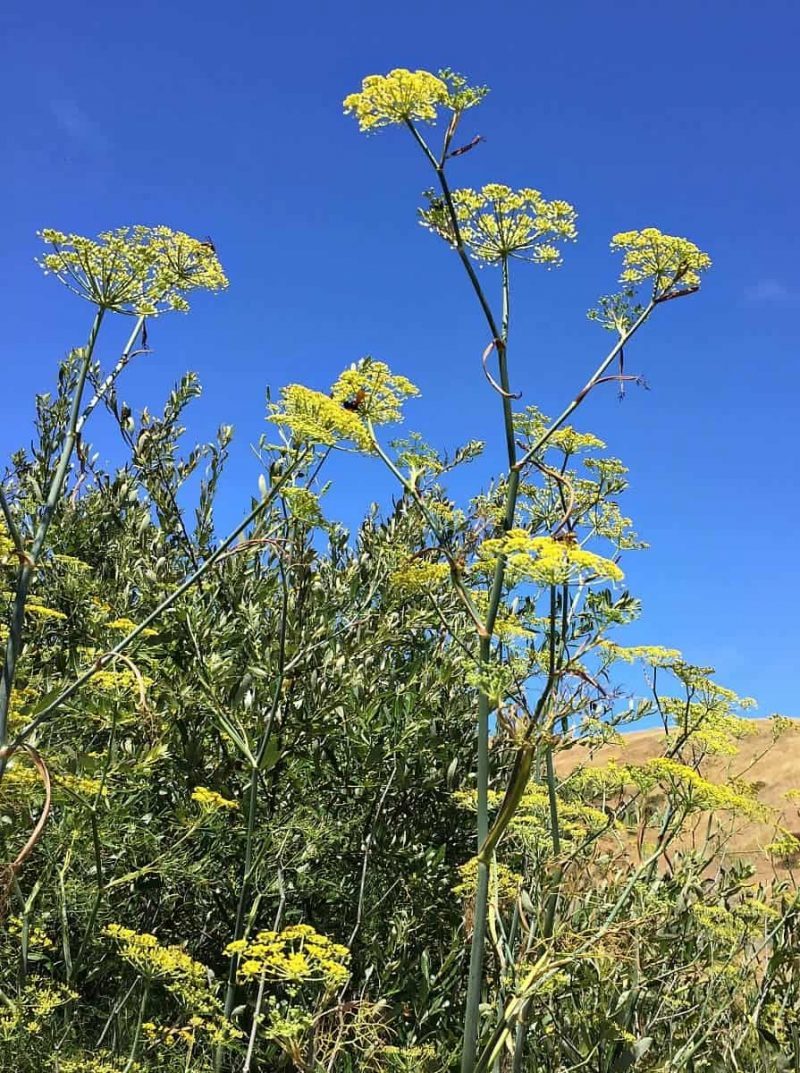
Foraging for Wild Fennel
March 25, 2019 Wild fennel has the appearance of celery but is is quite different, even though it is a close relative. Despite also being a member of the carrot family, fennel has none of celery's mildness. Almost no vegetable is equal in flavor to fennel. Fennel's strong spice is found in liquorice and anise flavoring.
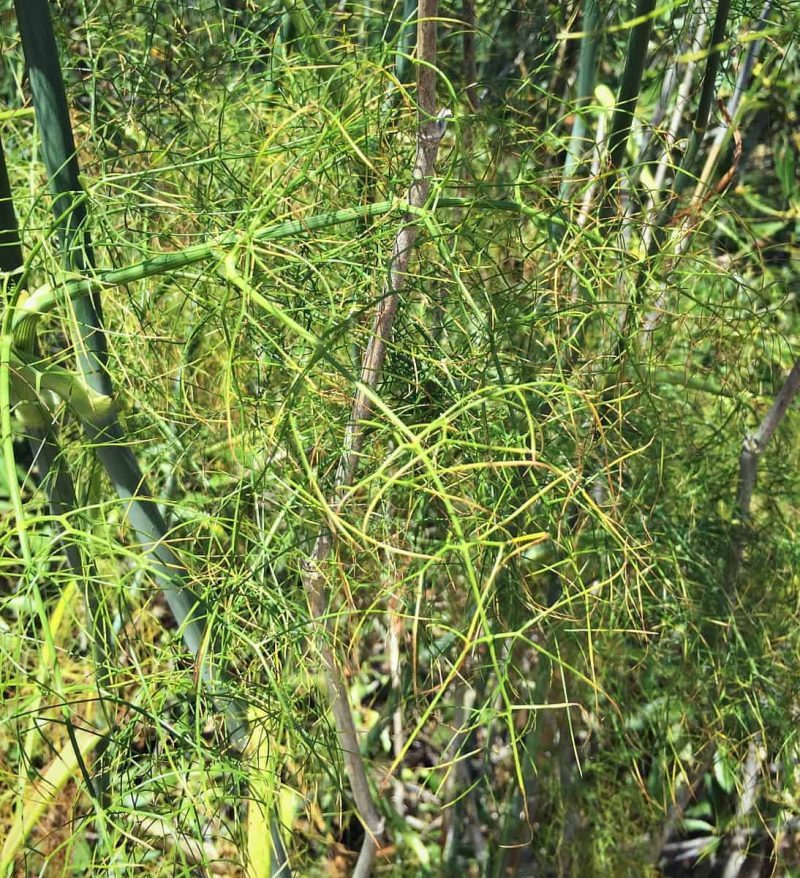
Foraging for Wild Fennel
A tall umbellifer that can grow to 1.5-2m tall in favourable conditions. Leaves The leaves, which begin sheathed, are very finely branched and appear feathery. Flowers The flowering stalks are round in the cross section, and the flowers are arranged in umbels with tiny yellow petals. Seeds The seeds are oval and striped.

How to forage for wild fennel seeds
Description: An erect perennial herb, four to nine feet tall, with feathery leaves and a strong anise scent. Small yellow flowers, clustered in large umbrella-like groups (compound umbels) four inches across, are conspicuous from April through July. During growing season, plants include both living and dead hollow stems, or canes.
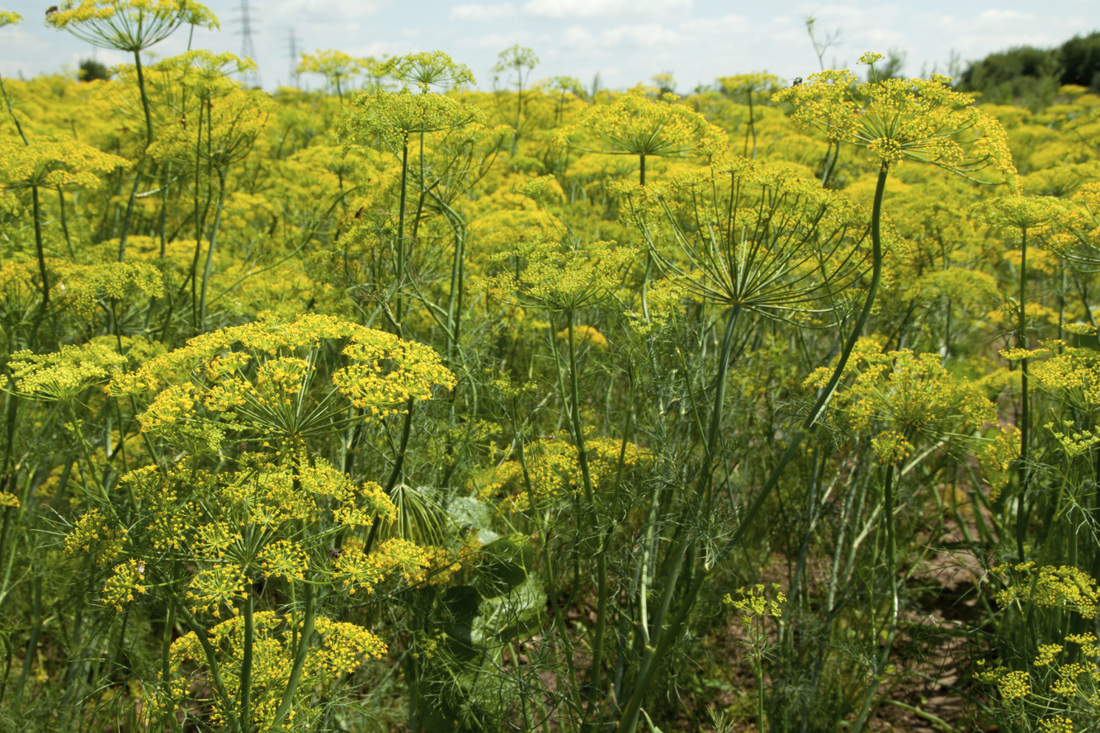
On fennel history and culinary uses
Looking for Wild Fennel? We have almost everything on eBay. No matter what you love, you'll find it here. Search Wild Fennel and more.
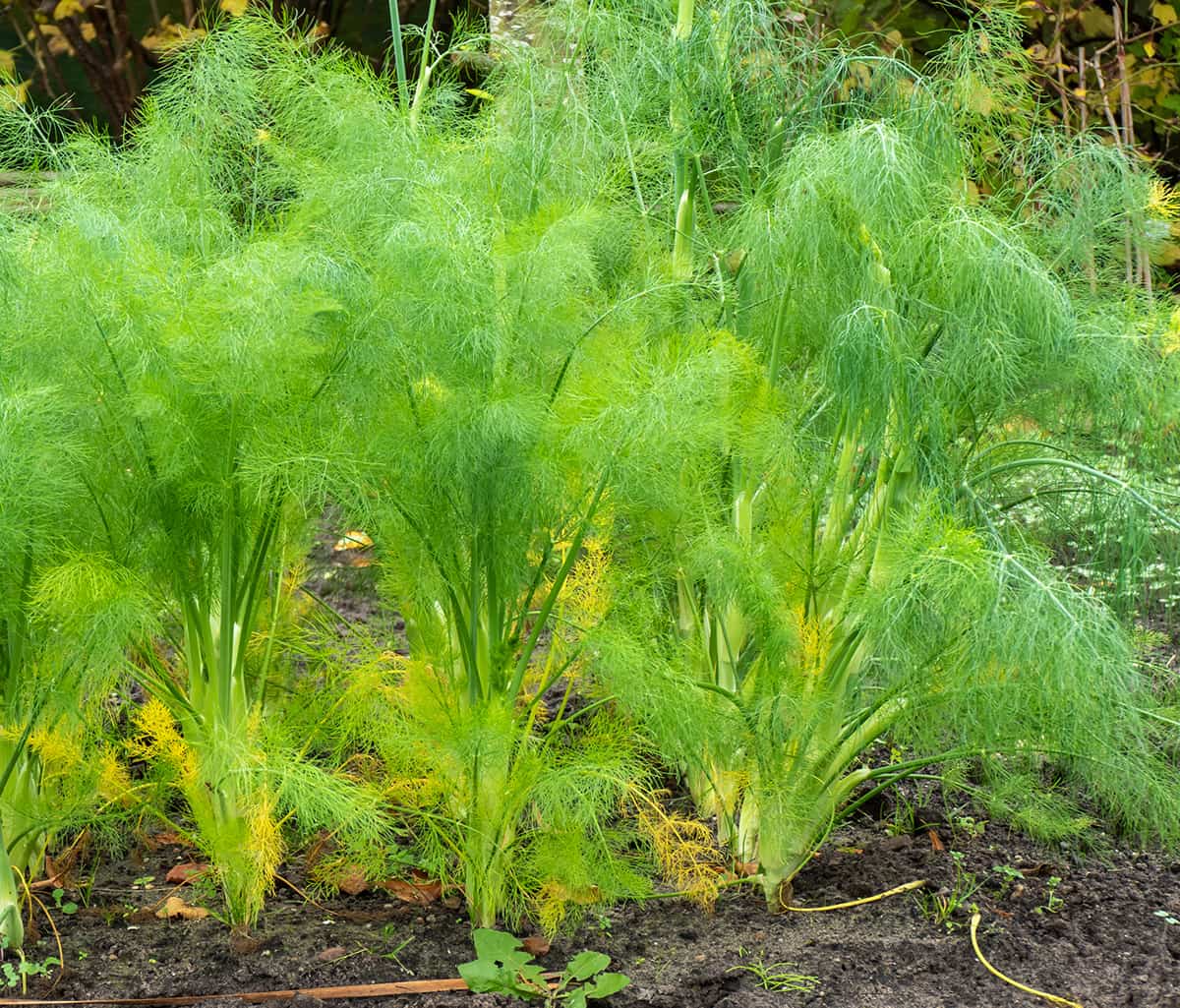
Growing Herb Fennel The Complete Guide to Plant, Care, and Harvest
Fennel prefers well-drained, acidic soil with a pH between 5.5-6.8. Sow fennel seeds in an area that receives full sun. Planting Direct sow seeds in the early spring, once the soil has warmed. Direct sowing is preferred to indoor seed starting because fennel doesn't like to be transplanted.

Wild fennel and spring saltmarsh salad Geoff's Fungi & Foraging
March 11, 2021 by Nan Schiller Foeniculum vulgare Fennel, Foeniculum vulgare, is an aromatic Mediterranean herb in the Apiaceae (Umbellifer) family that includes carrots, celery, dill, and parsley.

A Kihei Garden Cuisine Fennel Pollen A Culinary Adventure
Fennel: Find out how to identify this wild plant. How to forage and prepare fennel, and how to use it. Fennel recipes included! How to make fennel candy, use in cooking and desserts. Also--how to use fennel medicinally. If you have this herb growing near you, you are so lucky! #fennel #fennelrecipe #herbalism #herb #foraging #edible #wildplant.
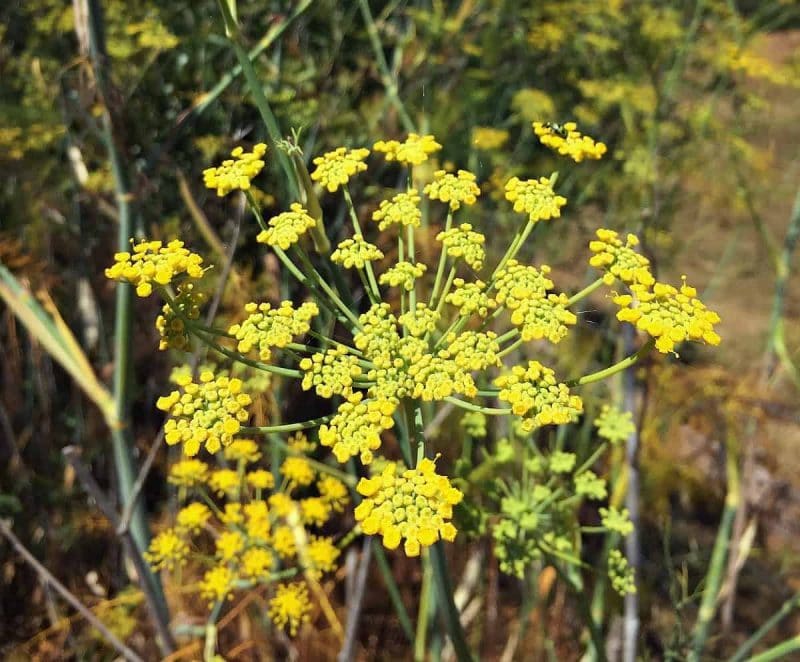
Foraging for Wild Fennel
How to identify wild fennel. Fennel has distinctive whip-like leaves. Identify your fennel plant using scent, just give the leaves a rub between thumb and forefinger. They should smell like aniseed, liquorice and sweet greenery all rolled up in one. The leaves and stem should be bright green, with the stem sometimes showing very pale lateral.

How to forage for wild fennel seeds SFGate
Wild fennel is native to the Mediterranean, but has become widely naturalized in many parts of the world. It is considered an invasive plant, so please harvest and use as much as you want! It is often found along roadsides or disturbed areas, and is especially prevalent on the California coast.

Wild fennel flower, pollen and seed is ready to be picked. Great on
Wild fennel ( Foeniculum vulgare) is an upright, branching perennial that loves to grow in disturbed areas and near roadsides. Wild fennel is the exact same plant as garden fennel-it's just gone feral. The first wild plants I saw. It's everywhere along the roadsides in the San Francisco area.
Fennel The Northwest School For Botanical Studies
Giant fennel ( Ferula communis) is a large, coarse plant with a pungent aroma, which grows wild in the Mediterranean region and is only occasionally grown in gardens elsewhere. Other species of the genus Ferula are also called giant fennel, but they are not culinary herbs.

Fennel, wild or homegrown, makes a tasty harvest
Wild fennel (Foeniculum vulgare) is a wild edible plant that grows in various regions and is known for its aromatic and flavorful leaves, seeds, pollen and bulbous stems. It's closely related to cultivated fennel and shares similar culinary and medicinal uses. 🍄 Foraging Guide How To Identify Wild Fennel?
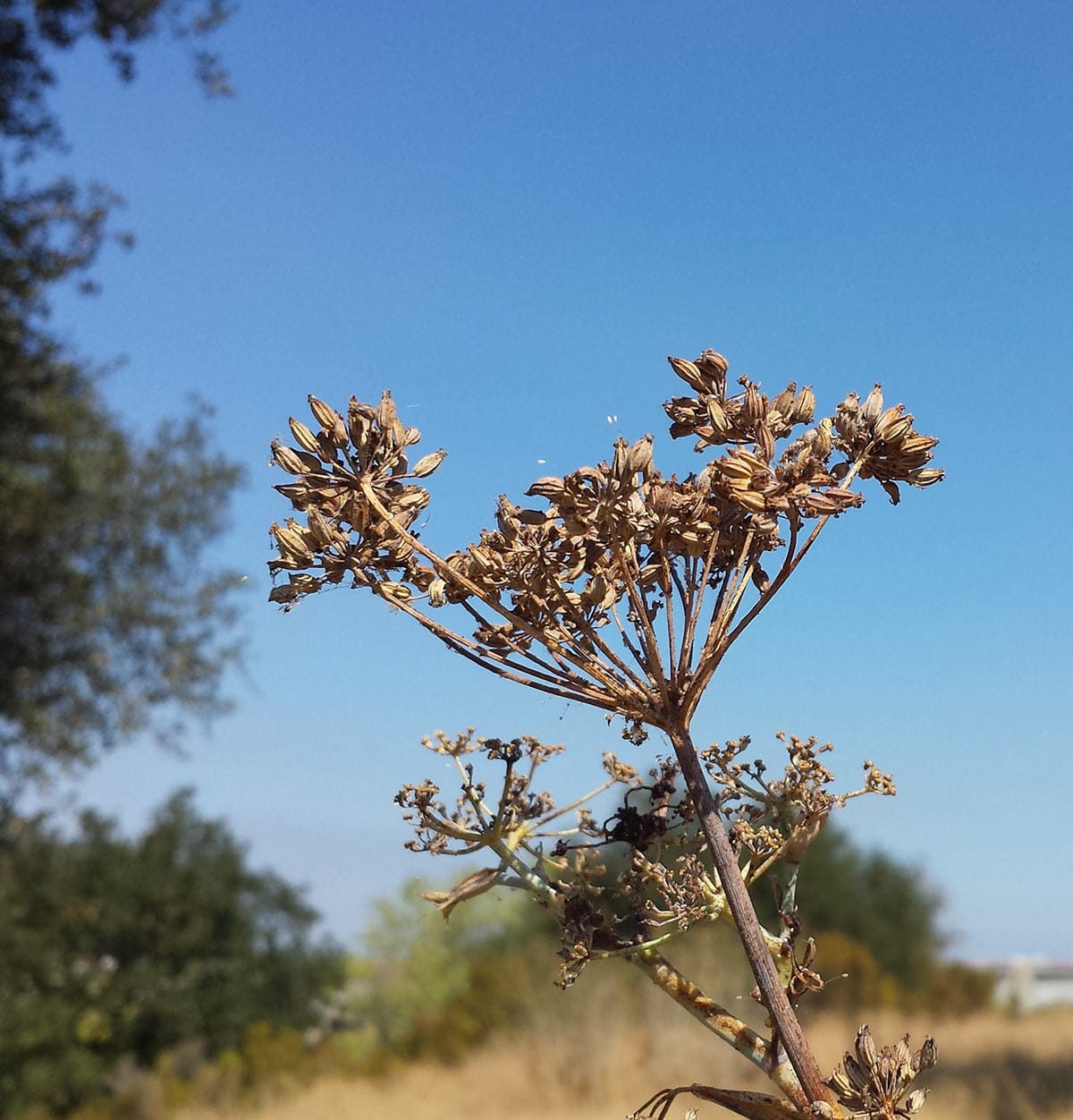
Wild Fennel How to Identify, Harvest, Cook and Preserve Wild Fennel
Wild fennel plant with some flowers and seeds How to identify wild fennel. When it comes to wild fennel identification (Foeniculum vulgare - more info here) the easiest and best way to identify it is to check if a particular plant looks like wild fennel.Once you establish that visually looks like it, then cut a few its leaves or flowers and smell it.

CHICKPEAS SOUP WITH WILD FENNEL (Minestra di ceci con finocchio, erba
The entire wild fennel plant is edible, including stalks, leaves, flowers and seeds. The leaves are often used in pasta, soups, to flavor fish, etc. Stalks, leaves, and seeds are used to flavor tea, and the seeds can be dried and stored for use as a spice.. Put 1 tsp of dry herb blend in tea strainer, add to saucepan with 2 cups water. Add.
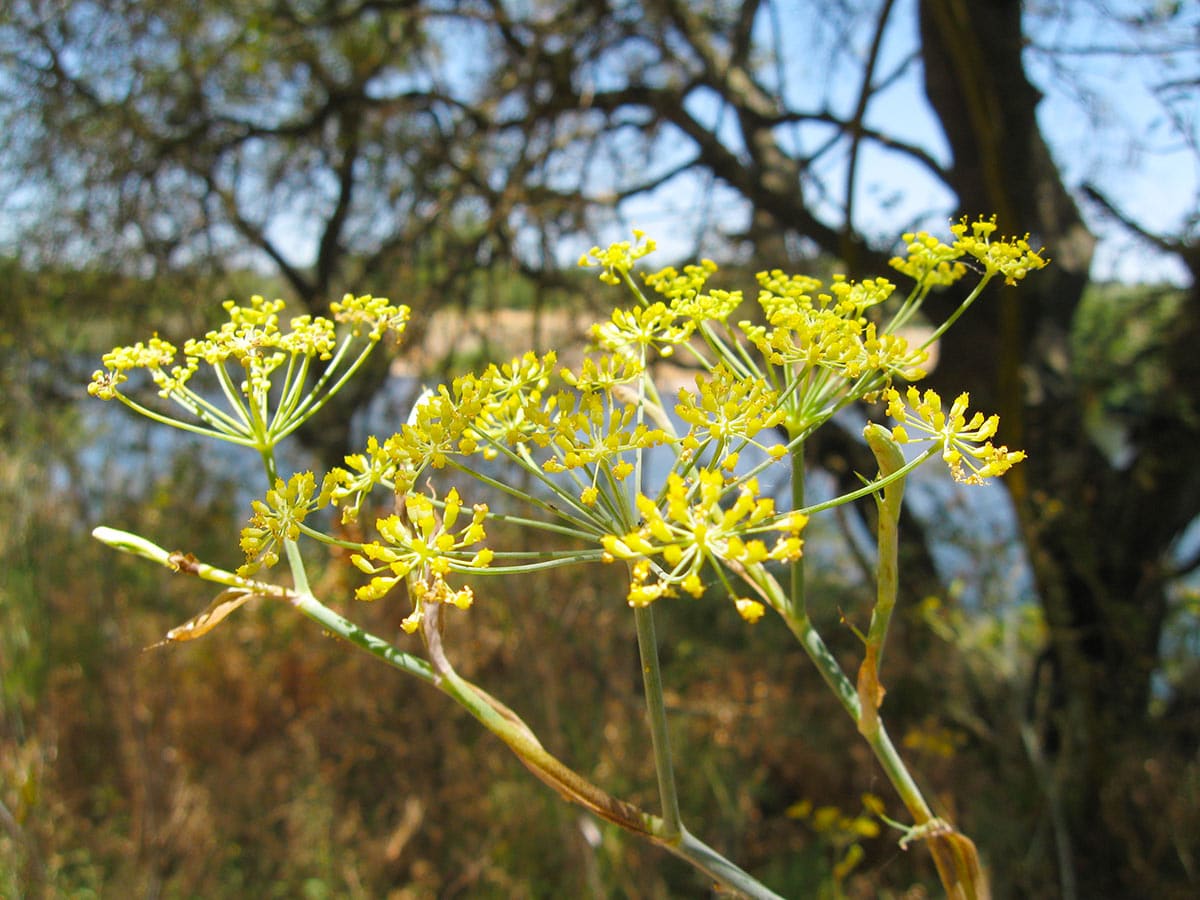
Wild Fennel How to Identify, Harvest, Cook and Preserve Wild Fennel
Wild fennel is also known as bitter fennel and only forms a very small bulb. The plants, which grow up to 150 cm in height, are perennial and sprout again every spring. Nowadays, wild fennel is grown for its seeds, which are more aromatic than cultivated fennel and have a strong taste, similar to liquorice.